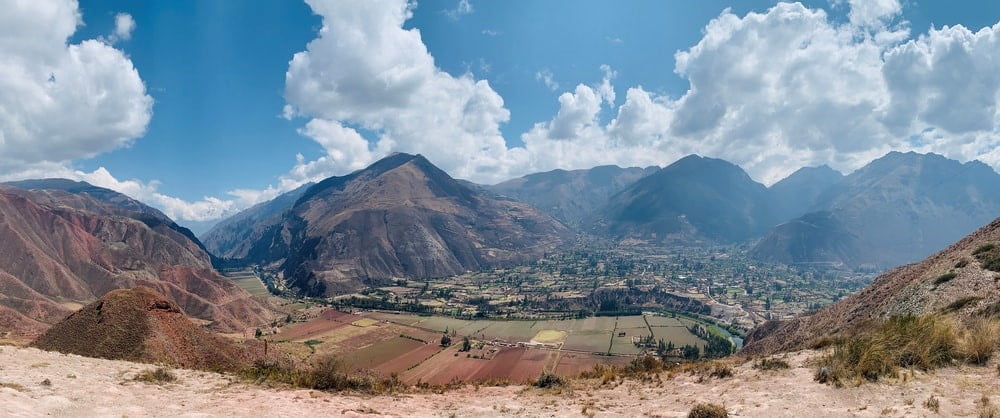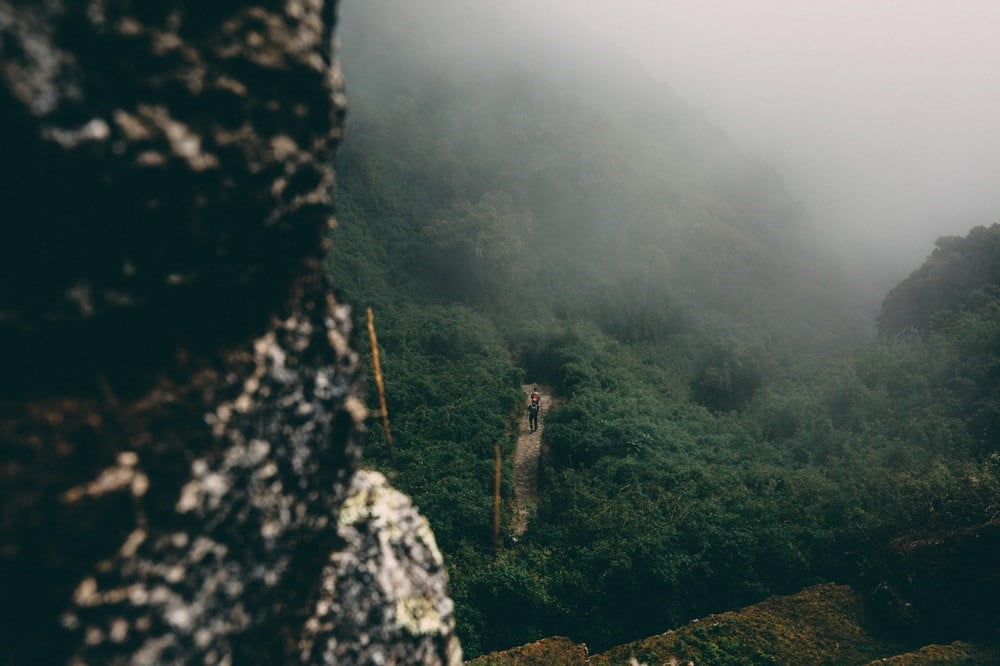When exploring the city of Cusco in Peru, you may come across a fascinating symbol called Chakana or Andean Cross. This symbol holds immense historical and cultural significance to the Aboriginal Peoples of the Andes. In this article, we will delve into the meaning, characteristics, and various aspects related to the Chakana, providing you with a deeper understanding of this ancient Andean symbol.
What is Chakana or Andean Cross?
The Chakana, also known as the Andean Cross, is a powerful symbol deeply rooted in the old cultures of the Andes. Comprised of an equal-armed cross representing the cardinal points of the compass, it features a superimposed square and a circular hole at its center. This geometric design is considered one of the most complete and sacred symbols of the Incas, embodying multiple layers of meaning.


Characteristics Of The Chakana
The Chakana holds several key characteristics that contribute to its symbolism:
- The Southern Cross: The Chakana represents the Southern Cross constellation, which the Incas believed to be the center of the Universe. Looking up at the night sky, they identified this constellation as a guiding celestial presence.
- Three Worlds: Each of the three steps in one corner of the Andean Cross signifies one of the three worlds in the Inca belief system. These worlds include the Uku Pacha (underworld), Kay Pacha (earthly realm), and Hanan Pacha (higher realm of the gods).
- Symmetry and Astronomy: The Chakana’s symmetrical geometry reflects the astronomical observations of the Incas. It represents the harmonious balance between opposing forces such as masculine and feminine, sky and earth, and energy and matter.
- Seasons and Agricultural Connection: The Andean Cross symbolizes the four seasons of the year and the cycles of sowing and harvesting. It marks important times for agricultural communities and signifies the abundance of the harvest season.
How long has the Andean Cross been a part of Andean culture?
The Chakana has a long history deeply intertwined with Andean culture. Its usage predates the Inca civilization, with evidence of its presence in pre-contact artifacts from various ancient cultures such as the Wari, Ica, and Tiwanaku. The Chakana symbol can also be found in sacred sites and ancient centers across Bolivia, Ecuador, Argentina, and Chile. It played a significant role in the original Qhapaq Ñan network of trails, which connected these regions.
Why is Chakana shaped like a cross?
The Chakana’s cross-like shape is not coincidental; it emerged from ancient astronomical observations. By representing the Southern Cross, the Incas visually connected the heavens and the earth, symbolizing their understanding of the universe. The Chakana’s geometry encompasses the concept of Number Pi and the real number twenty-seven, adding to its profound significance.

Other meanings of Chakana
In addition to its celestial and agricultural connotations, the Chakana holds further meanings. It represents the balance and interplay between various dualities, such as light and darkness, creation and destruction, and past and future. The symbol is a testament to the rich cosmology and spirituality of the Andean cultures.
Did the Incas use the Andean Cross?
Absolutely! The Chakana held tremendous importance to the Incas. As an integral part of their belief system and astronomical observations, it played a central role in their rituals, architecture, and societal cohesion. Exploring Inca ruins, such as Machu Picchu and Sacsayhuamán, you can witness the influence of the Andean Cross in the design and construction of these awe-inspiring structures.

Where can we find Chakana in Peru?
If you’re eager to explore the Chakana further, Peru offers numerous opportunities to encounter this symbol. In Cusco, you can discover the Andean Cross depicted in local handicrafts, clothing, and art pieces. Visit markets and artisan shops, such as the San Pedro Market and the Centro Artesanal Cusco, to find authentic representations of this symbol. Additionally, ancient sites like Ollantaytambo and Pisac feature Chakana motifs in their architecture, providing a glimpse into the spiritual and cultural heritage of the region.

I am Juan Carlos, the founder of AdventureInPeru, a local tour operator based in Cusco, Peru. With over 15 years of professional experience as a tour guide, I specialize in providing immersive and authentic travel experiences in the Machu Picchu and beyond. My deep knowledge of Inca history and culture, combined with a passion for sharing Peru’s rich heritage, ensures that every journey with AdventureInPeru is unforgettable.



